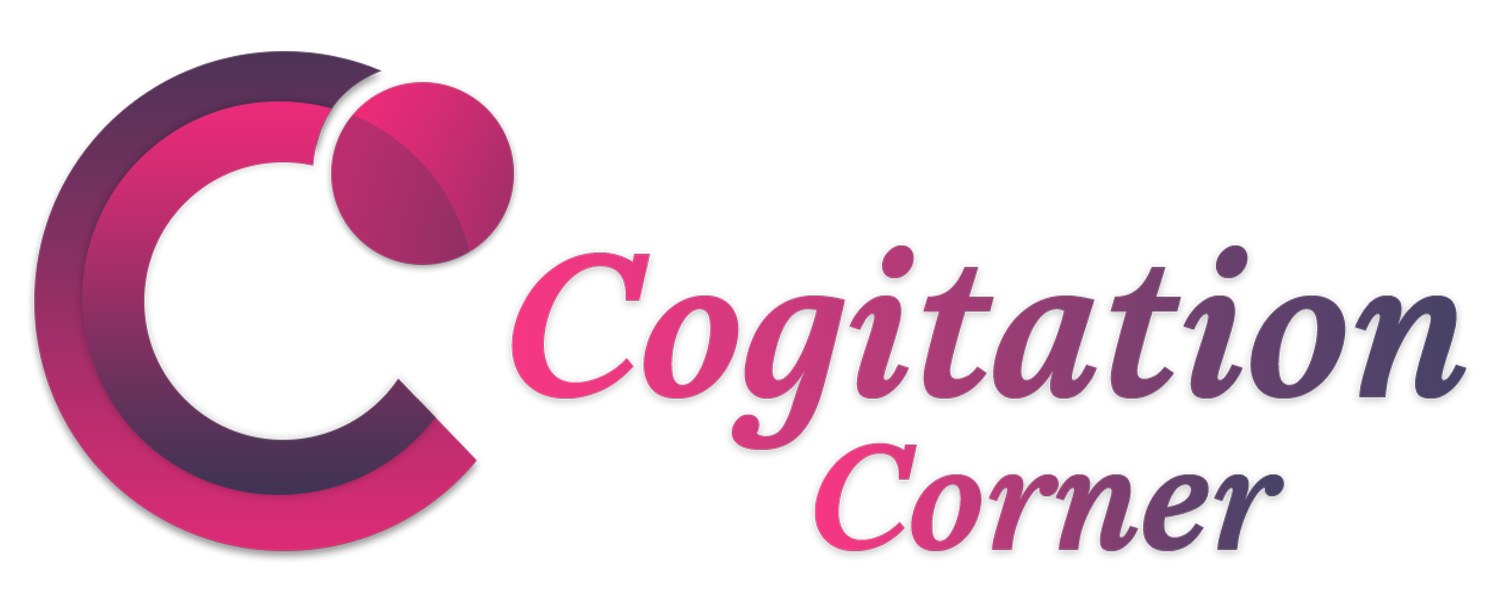Introduction
Minimalism is not merely a design trend, but rather a lifestyle choice to live your life with what you value. In this distracting, overconsuming, cluttered world we currently live in, minimalism can create mental spaces that reduce stress levels and provide clarity – resulting in a more intentional life. Here’s a look at some of the principles behind minimalism, how to incorporate them into your day-to-day life and why less is indeed more in the long run.
What is Minimalism?
Minimalism, at its simplest, is reducing life down to what really matters. This might involve cleaning your physical space, reconsidering what you’re committed to doing, or letting go of mental and emotional baggage. Minimalism encourages:
• Intentional living: Everything you own or do should serve a purpose that aligns with your goals and values.
• Mindful consumption: Quality vs quantity in material goods and experiences.
• Emotional freedom: Freeing ourselves from our clinging to possessions, people and past experiences.
Why Minimalism Works
1. Reduces Stress
Research has shown that physical clutter leads to mental stress. Dehypnotising yourself of clutter also makes for a calmer space.
2. Improves Concentration and Productivity
Fewer distractions mean more focus as well as increased productivity in both personal and professional life.
3. Increases Financial Freedom
Minimalism promotes mindful consumption, enabling better financial management, which often translates to less debt and more savings.
Essentialism – How to Use Less in Every Day Life
1. Declutter Your Space
• Begin in a Small Way: Pick one thing – your clothes closet, your workplace desk, your kitchen counters.
• The 80/20 Rule: Retain the 20% of your stuff that delivers you 80% of happiness or usefulness and donate or sell everything else.
2. Reevaluate Your Commitments
• Say No: Only do collaborations that speak to your values. Learn how to say no to hustle sucking activities.
• Imagine If You Were Mindful About Your Schedule – You ONLY Scheduled What You Wanted To Do: Quality Time With Loved Ones, Meaningful Work & Self-Care.
3. Simplify Your Finances
• Track Expenses: Concentrate on eliminating needless subscriptions and spur of the moment purchases.
• Shop Thoughtfully: Always ask yourself before buying – do you really need this item and will it provide permanent value in your life?
4. Practice Mindful Consumption
• Spend Less for Better Quality: Invest in fewer items but of better quality which can last much longer and are a lot more functional.
• Mix and Match Sustainable: Choose eco-friendly products that support the minimalist philosophy of giving up waste.
Psychological Effect of Minimalism
1. Clarity and Peace of Mind
A life is not burdened and you have more clarity of decision making and more peace.
2. Increased Gratitude
Minimalism teaches you to love what you already have, creating a habitat of gratitude and appreciation.
3. Freedom from Attachment
Give-Up – Whether materialistic possessions or emotionally drained baggage, the release brings freedom and makes the fear of losing out on only those which don’t matter.
Case Study: How I Changed My Life by Going Minimalist
Meet Sara, aged 38 years, a marketing professional whose cluttered lifestyle caused her burnout. Here’s how minimalism changed her life:
• Then: Sara was a harried homemaker with a full schedule and a shopping addiction to fill her emotional holes.
• After: Sara decluttered her home, simplified her work life, and began making only meaningful purchases, making for more joy in her work and relationships. She saved on impulse buys and had more time for her passions.
Resources to Support a Minimalist Way of Life
1. Decluttering Apps
• Cladwell: A minimalists’ wardrobe app to curate a capsule wardrobe
• Sortly: A virtual inventory tool for decluttering your home or workplace.
2. Financial Tracking Apps
• YNAB (You Need A Budget): Enables you to budget and stay on track financially and allows you to make sure your spending is thoughtful.
• Mint: An app that tracks your spending and helps you reduce unnecessary spending.
The Life, Minimalism Outside the Home
1. Minimalism in Relationships
• Instead, invest seriously in substantial relationships, and drop any toxic or energy-consuming contacts.
2. Minimalism in Media Consumption
• Consume media that adds value; limit to educational podcasts, books and documentaries.
3. Digital Decluttering
• Things like unsubscribing from a ton of emails, deleting unused apps, and cleaning up your desktop; all of those streamlines your mind.
Why Minimalism is Not Half That Easy
1. Too Attached to Things
• It can be hard to part with sentimental things. Minimalism promotes that it’s perfectly fine to keep the things that have sentimental value, while minimizing excess.
2. Fear of Missing Out (FOMO)
• It might feel like you’re missing out on the newest fashion or experiences, but adopting intentional choices helps you focus on what matters most to you.
3. Slow Transition
• Minimalism is a process, and it’s a progressive one. It’s best to welcome it, gradually, with small, achievable changes.
Conclusion
Minimalism is not about living with nothing – it is about living with only what adds value to your life. When you simplify your physical space, your commitments, your mental clutter, you make room for what really matters: your well-being, your relationships, and your goals. A great way to transform your life from excess to fulfillment into happiness is minimalism.







